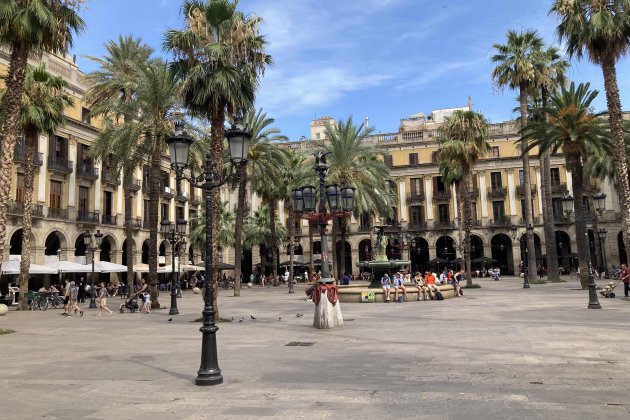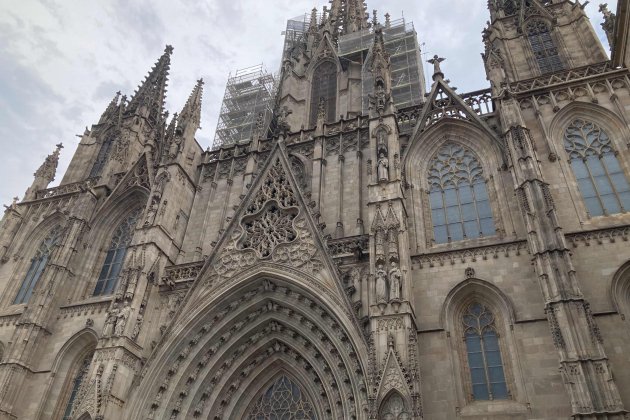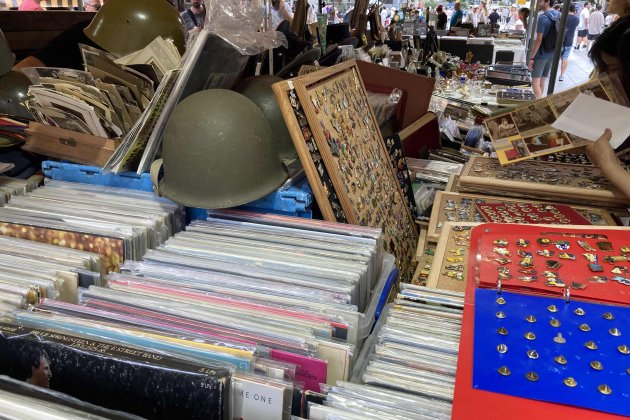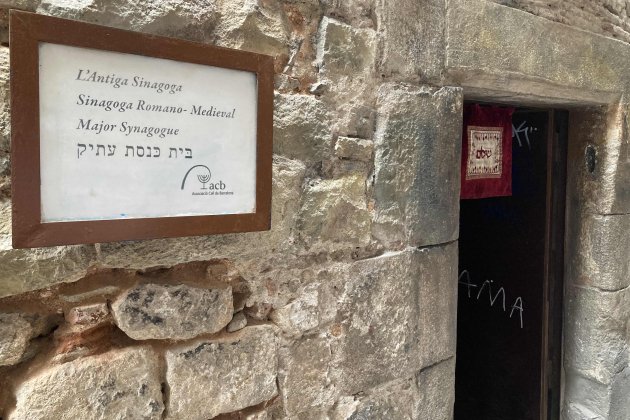Barcelona's barri gòtic - the Gothic Quarter - is one of the city's oldest and most beautiful districts. As the historic centre of the city, the Gothic Quarter is where Barcelona was founded in Roman times, and still has some of its oldest monuments. However, it's also a vibrant and dense centre of city life, with plenty to see and do.
🚶🏼 La Rambla: a guide to one of Barcelona’s most famous streets
🏞️ All about Park Güell: tickets, when to go and what to see in Barcelona's special spot

Getting to the Gothic Quarter
The Gothic Quarter is central to the old city of Barcelona. The best way to get there via public transit is to take the yellow or green metro lines. The Jaume I stop on the yellow (L4) line exits right into the centre of the Gothic Quarter, while the Liceu and Drassanes stops on the green (L3) line exit onto La Rambla, along the edge of the quarter.

Layout of the Gothic Quarter
The Gothic Quarter is delimited by La Rambla on one side and Via Laietana on the other, and stretches between those two boulevards from Plaça Catalunya to the ocean. Central to the neighbourhood is the Plaça de Sant Jaume, just north of which is the Cathedral of Barcelona. Just west of the Plaça de Sant Jaume is El Call, the historic neighbourhood of Barcelona's Jewish community. In El Call is the Sinagoga Major, one of the oldest synagogues in Europe, likely dating back as far as the third century.
The streets of the Gothic Quarter are mostly narrow and do not run along a predictable grid, especially in the older areas of the neighbourhood. Most of the area is pedestrian only, and is mostly or entirely closed to cars. As such, the Gothic Quarter is an excellent area of the city to go walking in.

Landmarks of the Gothic Quarter
The Gothic Quarter is beautiful throughout, and worthy of a thorough visit. One of its most impressive monuments is the Cathedral of Barcelona, mostly constructed over the course of 150 years beginning in 1398, with the façade and spire added in the 19th century. For those who enjoy antique markets, there is often one set up in the plaza in front of the cathedral. Also near the cathedral is the Pont del Bisbe, an elevated crossing between two buildings known for its beautiful stonework. Another famous church in the area is the church of Santa Maria del Pi, known for its octagonal bell tower.
Not far from the Cathedral is the Plaça de Sant Felip Neri, a significant monument to the impact of the Spanish Civil War on Barcelona. The plaça is one of the only places in the city where physical marks of the civil war can still be seen, as it was the subject of bombings by the fascist Italian air force during the war.
A relatively newer landmark, but one very important to the history of Catalan art and culture, is Els Quatre Gats, literally 'The Four Cats,' a bar which was patronized by many of the most important figures of the modernisme art movement, such as Pablo Picasso and Antoni Gaudí. Gaudí's work can also be seen in Plaça Reial just off La Rambla, where he designed the lampposts.

History of the Gothic Quarter
Barcelona was formally founded as the Roman outpost of Barcino in about 15 BC, in the area that is now the Gothic Quarter. Many remnants of the original Roman wall still survive, and can be seen in different places around the quarter. The Roman outpost was administratively centred on what is now the Plaça de Sant Jaume, where the city and regional government buildings are still located.
Over subsequent centuries, as the city grew and expanded, the city centre continued to develop. Despite its name and age, some of the area's iconic Gothic architectural features do not date back to the height of Gothic art; the area was renovated ahead of the 1929 International Exposition, the second World's Fair to be held in Barcelona, and in fact, some of the "Gothic" structures of the neighbourhood were constructed then: the Pont del Bisbe is the best known example, while the main facade of the Barcelona cathedral was also completed in the first years of the 20th century.

